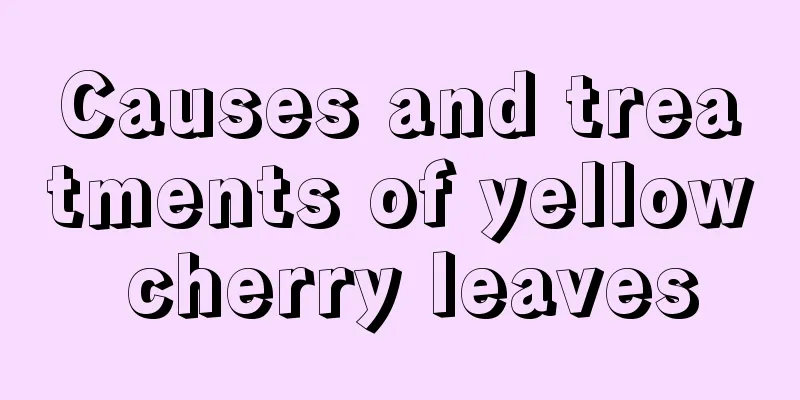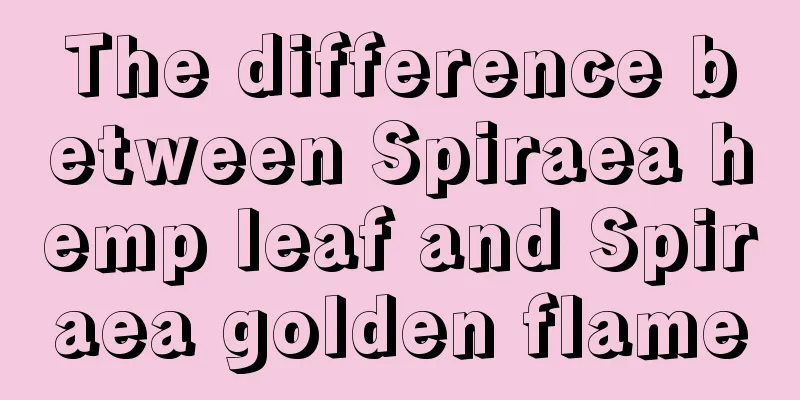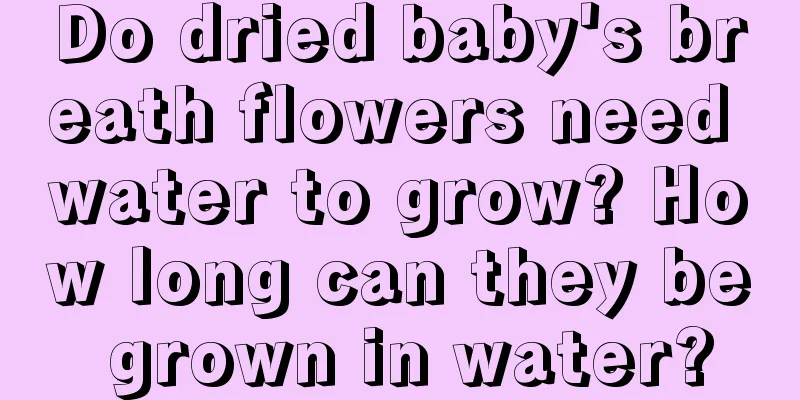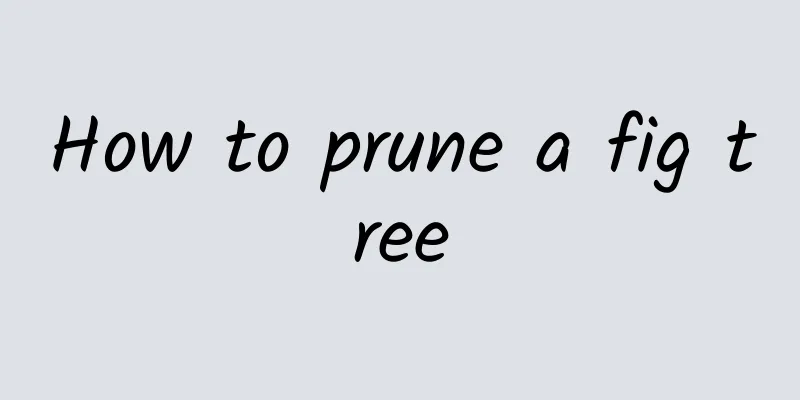Causes and treatments of yellow cherry leaves

1. Fertilizer damageReason: When the concentration of fertilizer is too high, or when fertilizer is applied too close to the roots, the cherry roots may not be able to bear the burden, burning the roots and causing yellowing of the leaf tips and leaves. Treatment: Use large amounts of water for irrigation in time to reduce the concentration of fertilizers in the soil. 2. Drug damageReason: When spraying pesticides, too high a concentration or too much dosage can also cause damage to plants. When phytotoxicity occurs, the tips and edges of the leaves of the plant will turn yellow and then turn rusty. Treatment method: As with fertilizer damage, it is also necessary to irrigate with large amounts of water in a timely manner to reduce the concentration of pesticides and alleviate damage. Or you can spray growth regulators to alleviate the problem, which will have a better effect. 3. Lack of waterReason: Cherry is a moisture-loving fruit tree and has a huge demand for water. If there is drought and water shortage, the fruit trees will dry up and turn yellow due to insufficient water supply. Solution: Good water management is needed, watering in time and keeping the soil moist. However, do not water too much. When watering, you can loosen the soil appropriately to maintain the permeability of the soil. During the rainy season, special attention should be paid to drainage to prevent water accumulation and root rot, which may cause disease. 4. DiseasesCause: Yellow leaves may appear when cherry trees are attacked by one or more insect pests. If the tree's yellow leaves are caused by root rot, the leaves will be small and yellow, and will all turn yellow and wither within a few days. Treatment: At this time, timely and appropriate treatment is required. Strengthen fertilizer and water management to restore it. 5. Deficiency of nitrogen, iron and zincReason: When fruit trees lack the necessary growth elements, their leaves will lose their green color and turn yellow until they fall off. For example, when there is a lack of nitrogen, the old leaves will lose their green color and turn yellow, and eventually fall off. When there is a lack of iron, the new leaves at the top of the tree will only have green veins, while the rest of the leaves will be yellow-green or yellow-white. The leaves will be small and thin, and the leaf edges will also burn and fall off in large numbers. When there is a lack of zinc, the leaf veins are normal, the mesophyll will turn yellow, and the veins will develop horizontally. Solution: Observe the yellowing leaves, find out the cause, and replenish the corresponding elements in time. For yellow leaves caused by various nutrient deficiencies, the necessary elements can be supplemented through foliar fertilizer. |
<<: Causes and treatments of yellow leaves of silverfish
>>: Causes and treatments for yellow leaves of Osmanthus fragrans
Recommend
What is the best time to plant outdoor strawberries?
Which months are suitable for planting open-air s...
How long does it take for tulips to bloom? How long does it take for potted tulips to bloom?
How long does it take for tulips to bloom? How lo...
Treatment methods for cymbidium root rot
Treatment Root pruning If the cymbidium orchid yo...
How to grow spider plants in summer
1. Sufficient water Chlorophytum likes to grow in...
Clivia Price
1. Price Compared with other flowers, Clivia is r...
How to deal with garlic seeds before sowing (how to deal with garlic seeds before sowing)
Garlic is a vegetable of the genus Allium in the ...
Plant any of these 6 kinds of flowers and within a month, your north balcony will become a million-dollar garden!
Ou Yue Who says roses can only be grown outdoors ...
Difference between Cilantro and Centella asiatica
1. Leaf Difference The leaves of cilantro are mem...
How often should the lucky tree be watered in summer?
How often should the lucky tree be watered in sum...
How to care for Phalaenopsis during flowering period? Phalaenopsis cultivation methods and precautions
Phalaenopsis is a very popular flower. Although i...
What to do if the catnip drops its leaves
Treatment based on the cause of hanging leaves In...
Precautions for transplanting asparagus fern How to plant it with high survival rate
The best time to transplant asparagus fern is in ...
The efficacy and function of Begonia, and what are the taboos
1. Efficacy and Function It can be said that the ...
How to care for gardenia in winter
Is Gardenia afraid of cold? The suitable growth t...
How to prune potted Podocarpus
Adhere to the design purpose The purpose of Podoc...









